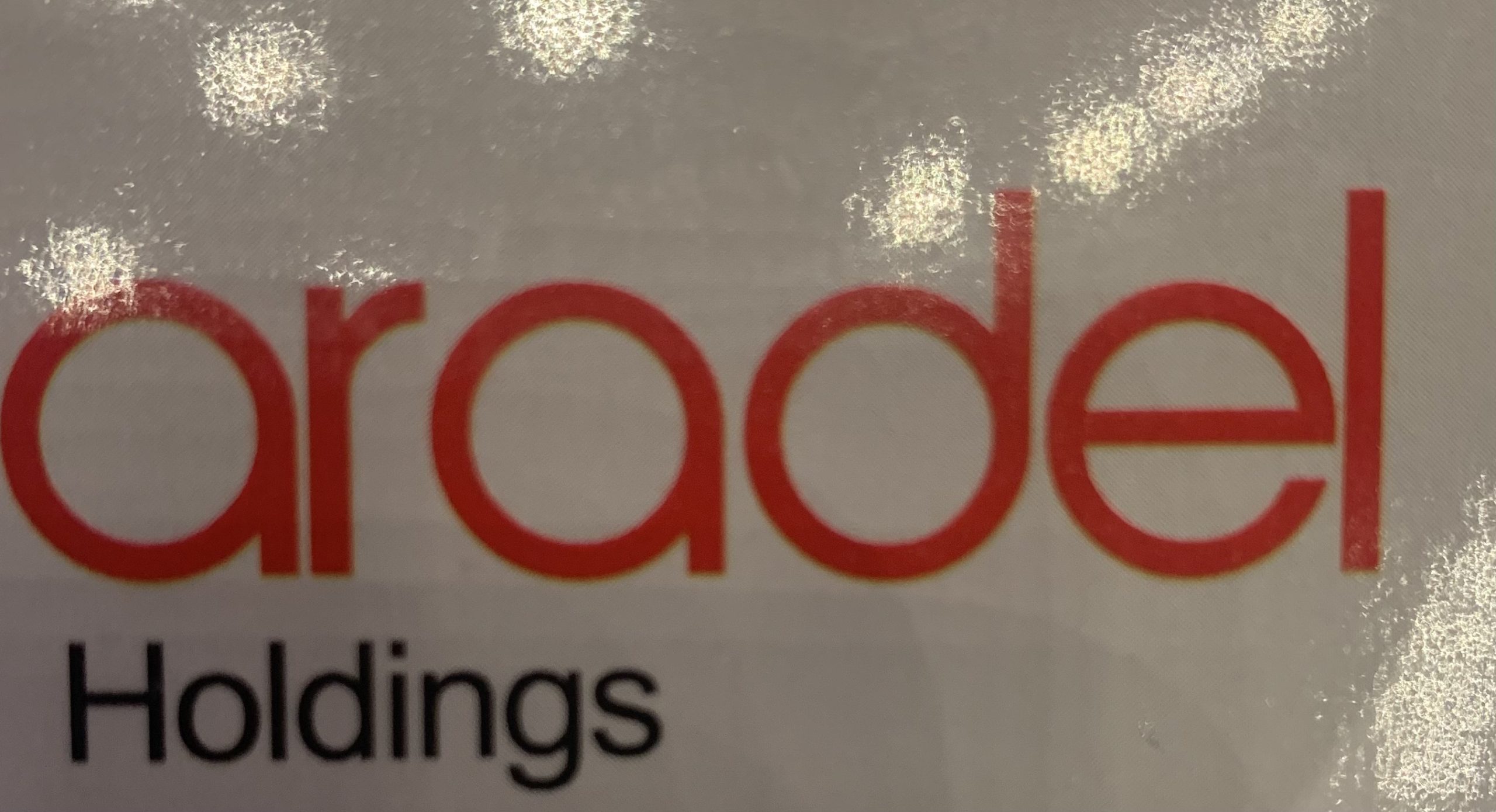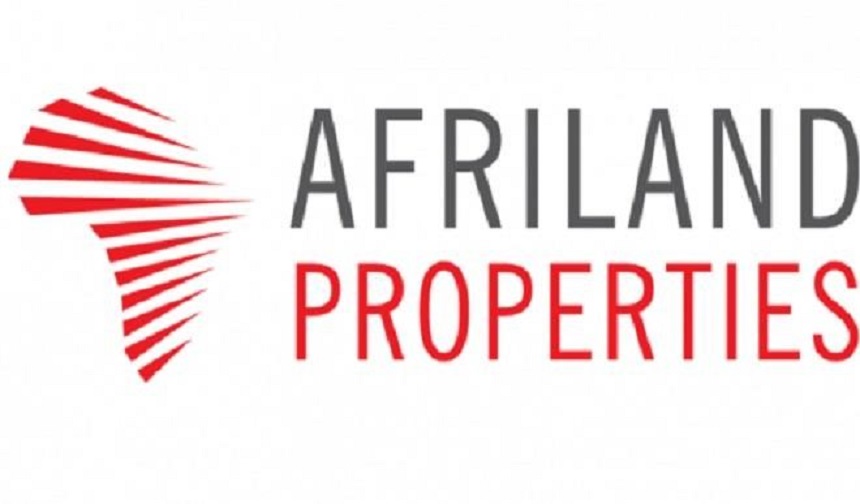Economy
NASDiversity: Diversifying Your Portfolio with NASDAQ 100 Investments

In today’s ever-evolving financial landscape, portfolio diversification stands as a critical strategy for investors. The NASDAQ 100, representing top-tier technological companies, offers a unique opportunity for achieving this. Grasping the role of the NASDAQ 100 in diversification can be the key to securing financial growth.
Benefits of NASDAQ 100 Investments
NASDAQ 100 futures highlight the immense liquidity and ease of access provided by these investments. The 24-hour trading capabilities ensure global investors can partake regardless of time zones.
Tech-Heavy Focus: Pros and Cons
The NASDAQ 100’s focus on technology giants offers significant growth potential, with tech sectors frequently outpacing others. However, this concentration can also lead to vulnerabilities should the tech industry face downturns.
Performance Analysis: Past vs. Present
Historically, the NASDAQ 100 has demonstrated remarkable resilience and growth. A comparison between its past and present performance reveals a consistent trend of outperforming many other market indexes.
Risk Mitigation and Volatility
Despite the lucrative returns, NASDAQ 100 investments come with inherent volatility, especially due to its tech concentration. Yet, with adequate risk management strategies, one can capitalize on the growth while cushioning potential downturns.
NASDAQ 100’s Performance in Various Economic Conditions
Claiming any index as “recession-proof” would be misleading. However, the NASDAQ 100’s focus on industry-leading tech companies, many of which have robust financials and adaptability, offers a semblance of protection during economic downturns.
Bull Markets: What to Expect
In bull markets, the NASDAQ 100 typically shines, capitalizing on the tech sector’s innovative drive. Investors can anticipate substantial returns, but must remain cautious of over-exuberance leading to inflated valuations.
Bear Markets: Is NASDAQ 100 Resilient?
While no market index is wholly immune to bearish conditions, the NASDAQ 100’s diverse tech holdings offer a level of resilience. Diversification within the index itself can provide some buffer against extensive losses.
Risks and Challenges
One of the primary concerns with the NASDAQ 100 is its heavy tilt towards technology stocks. While tech companies can offer lucrative returns, they can also be more susceptible to market corrections. Investors should be cautious and consider diversifying across various sectors to mitigate potential risks.
Market Fluctuations and Corrections
The tech-driven nature of NASDAQ 100 can lead to:
- Rapid gains during tech booms
- Significant corrections during market downturns
- Sensitivity to technological disruptions and innovations Investors need to stay informed and possibly rebalance portfolios during significant market shifts.
Geopolitical Factors
Global events, trade wars, and international policies can impact tech giants, many of which operate on a global scale. The interconnectedness of today’s world means geopolitical events can influence NASDAQ 100’s performance.
Strategies for Maximizing NASDiversity
To strike a balance, investors might consider blending NASDAQ 100 investments with other asset classes or sectors. This can involve:
- Incorporating bonds or commodities
- Adding stocks from alternative indexes
- Diversifying with international equities Such a blend can harness NASDAQ’s growth potential while providing a cushion against tech-centric risks.
Regular Portfolio Rebalancing
By routinely assessing and adjusting their portfolios, investors can ensure alignment with their risk tolerance and objectives. Rebalancing can help in taking profits from high performers and reinvesting in potential growth areas.
Long-Term vs. Short-Term Approaches
While the NASDAQ 100 can offer short-term trading opportunities, a long-term approach can harness the compounding effect. This involves holding onto investments and leveraging the growth of tech industries over extended periods.
Keeping Up with NASDAQ 100 Trends
The tech sector is continually evolving. Monitoring developments in:
- Artificial intelligence
- Cloud computing
- Biotechnology
- Sustainable energy solutions
can provide insights into potential shifts within the NASDAQ 100.
Regulatory Changes and Their Effects
With big tech companies under increasing scrutiny, regulatory changes can significantly impact the index. Staying updated on antitrust laws, privacy concerns, and global regulations can help investors anticipate potential market reactions and adjust strategies accordingly.
Realizing NASDiversity: Actionable Steps
Developing a comprehensive investment plan is crucial. Begin by assessing your financial goals, risk tolerance, and investment horizon. Allocate funds to the NASDAQ 100 based on your findings, but ensure diversification within and outside the index. Research individual companies and sectors, using tools and insights from reliable financial platforms.
An effective portfolio is not static; it evolves with market dynamics. Regularly review the performance of your NASDAQ 100 investments. Utilize analytical tools to identify trends, strengths, and areas for improvement. Based on these insights, make informed decisions about holding, selling, or increasing your stakes.
Optimizing NASDAQ 100 Investments
The NASDAQ 100 presents a unique opportunity for investors seeking growth, especially with its strong tech orientation. However, it’s essential to balance potential rewards with inherent risks. Strategies like diversifying investments, regular rebalancing, and staying informed of tech trends can optimize returns.
The essence of “NASDiversity” lies in maximizing the benefits of investing in the NASDAQ 100 while minimizing potential pitfalls. In a dynamic global economy, leveraging the growth of the tech sector, while also incorporating diversification strategies, ensures a resilient and robust portfolio. Harness the power of NASDiversity to pave the way for a prosperous financial future.
Economy
Again, OPEC Cuts 2024, 2025 Oil Demand Forecasts

By Adedapo Adesanya
The Organisation of the Petroleum Exporting Countries (OPEC) has once again trimmed its 2024 and 2025 oil demand growth forecasts.
The bloc made this in its latest monthly oil market report for December 2024.
The 2024 world oil demand growth forecast is now put at 1.61 million barrels per day from the previous 1.82 million barrels per day.
For 2025, OPEC says the world oil demand growth forecast is now at 1.45 million barrels per day, which is 900,000 barrels per day lower than the 1.54 million barrels per day earlier quoted.
On the changes, the group said that the downgrade for this year owes to more bearish data received in the third quarter of 2024 while the projections for next year relate to the potential impact that will arise from US tariffs.
The oil cartel had kept the 2024 outlook unchanged until August, a view it had first taken in July 2023.
OPEC and its wider group of allies known as OPEC+ earlier this month delayed its plan to start raising output until April 2025 against a backdrop of falling prices.
Eight OPEC+ member countries – Saudi Arabia, Russia, Iraq, United Arab Emirates, Kuwait, Kazakhstan, Algeria, and Oman – decided to extend additional crude oil production cuts adopted in April 2023 and November 2023, due to weak demand and booming production outside the group.
In April 2023, these OPEC+ countries decided to reduce their oil production by over 1.65 million barrels per day as of May 2023 until the end of 2023. These production cuts were later extended to the end of 2024 and will now be extended until the end of December 2026.
In addition, in November 2023, these producers had agreed to voluntary output cuts totalling about 2.2 million barrels per day for the first quarter of 2024, in order to support prices and stabilise the market.
These additional production cuts were extended to the end of 2024 and will now be extended to the end of March 2025; they will then be gradually phased out on a monthly basis until the end of September 2026.
Members have made a series of deep output cuts since late 2022.
They are currently cutting output by a total of 5.86 million barrels per day, or about 5.7 per cent of global demand. Russia also announced plans to reduce its production by an extra 471,000 barrels per day in June 2024.
Economy
Aradel Holdings Acquires Equity Stake in Chappal Energies

By Aduragbemi Omiyale
A minority equity stake in Chappal Energies Mauritius Limited has been acquired by a Nigerian energy firm, Aradel Holdings Plc.
This deal came a few days after Chappal Energies purchased a 53.85 per cent equity stake in Equinor Nigeria Energy Company Limited (ENEC).
Chappal Energies went into the deal with Equinor to take part in the oil and gas lease OML 128, including the unitised 20.21 per cent stake in the Agbami oil field, operated by Chevron.
Since production started in 2008, the Agbami field has produced more than one billion barrels of oil, creating value for Nigerian society and various stakeholders.
As part of the deal, Chappal will assume the operatorship of OML 129, which includes several significant prospects and undeveloped discoveries (Nnwa, Bilah and Sehki).
The Nnwa discovery is part of the giant Nnwa-Doro field, a major gas resource with significant potential to deliver value for Nigeria.
In a separate transaction, on July 17, 2024, Chappal and Total Energies sealed an SPA for the acquisition by Chappal of 10 per cent of the SPDC JV.
The relevant parties to this transaction are working towards closing out this transaction and Ministerial Approval and NNPC consent to accede to the Joint Operating Agreement have been obtained.
“This acquisition is in line with diversifying our asset base, deepening our gas competencies and gaining access to offshore basins using low-risk approaches.
“We recognise the strategic role of gas in Nigeria’s energy future and are happy to expand our equity holding in this critical resource.
“We are committed to the cause of developing the significant value inherent in the assets, which will be extremely beneficial to the country.
“Aradel hopes to bring its proven execution competencies to bear in supporting Chappal’s development of these opportunities,” the chief executive of Aradel Holdings, Mr Adegbite Falade, stated.
Economy
Afriland Properties Lifts NASD OTC Securities Exchange by 0.04%

By Adedapo Adesanya
Afriland Properties Plc helped the NASD Over-the-Counter (OTC) Securities Exchange record a 0.04 per cent gain on Tuesday, December 10 as the share price of the property investment rose by 34 Kobo to N16.94 per unit from the preceding day’s N16.60 per unit.
As a result of this, the market capitalisation of the bourse went up by N380 million to remain relatively unchanged at N1.056 trillion like the previous trading day.
But the NASD Unlisted Security Index (NSI) closed higher at 3,014.36 points after it recorded an addition of 1.09 points to Monday’s closing value of 3,013.27 points.
The NASD OTC securities exchange recorded a price loser and it was Geo-Fluids Plc, which went down by 2 Kobo to close at N3.93 per share, in contrast to the preceding day’s N3.95 per share.
During the trading session, the volume of securities bought and sold by investors increased by 95.8 per cent to 2.4 million units from the 1.2 million securities traded in the preceding session.
However, the value of shares traded yesterday slumped by 3.7 per cent to N4.9 million from the N5.07 million recorded a day earlier, as the number of deals surged by 27.3 per cent to 14 deals from 11 deals.
Geo-Fluids Plc remained the most active stock by volume (year-to-date) with 1.7 billion units sold for N3.9 billion, trailed by Okitipupa Plc with 752.2 million units valued at N7.8 billion, and Afriland Properties Plc with 297.5 million units worth N5.3 million.
Also, Aradel Holdings Plc remained the most active stock by value (year-to-date) with 108.7 million units worth N89.2 billion, followed by Okitipupa Plc with 752.2 million units valued at N7.8 billion, and Afriland Properties Plc with 297.5 million units sold for N5.3 billion.
-

 Feature/OPED5 years ago
Feature/OPED5 years agoDavos was Different this year
-
Travel/Tourism8 years ago
Lagos Seals Western Lodge Hotel In Ikorodu
-

 Showbiz2 years ago
Showbiz2 years agoEstranged Lover Releases Videos of Empress Njamah Bathing
-

 Banking6 years ago
Banking6 years agoSort Codes of GTBank Branches in Nigeria
-

 Economy2 years ago
Economy2 years agoSubsidy Removal: CNG at N130 Per Litre Cheaper Than Petrol—IPMAN
-

 Banking2 years ago
Banking2 years agoFirst Bank Announces Planned Downtime
-

 Sports2 years ago
Sports2 years agoHighest Paid Nigerian Footballer – How Much Do Nigerian Footballers Earn
-

 Technology4 years ago
Technology4 years agoHow To Link Your MTN, Airtel, Glo, 9mobile Lines to NIN














